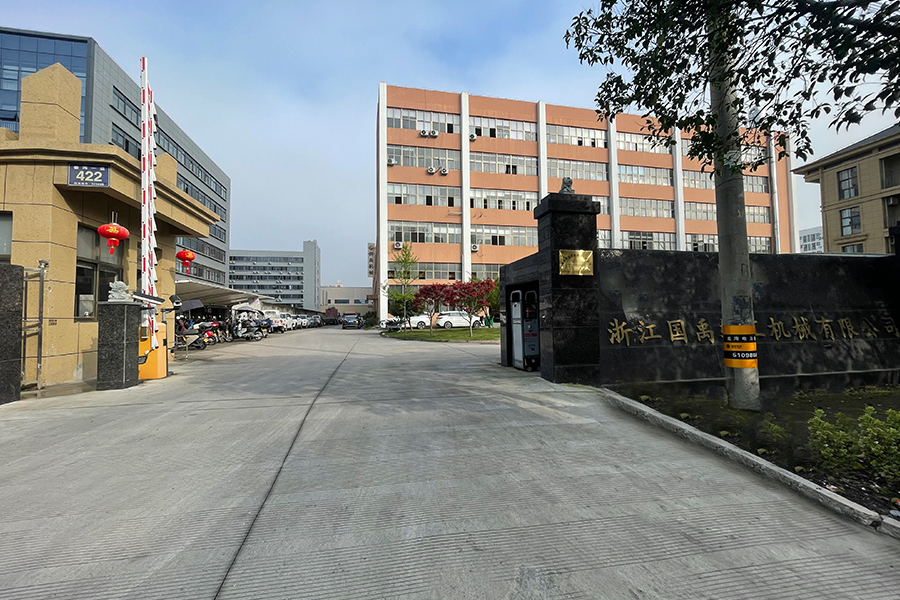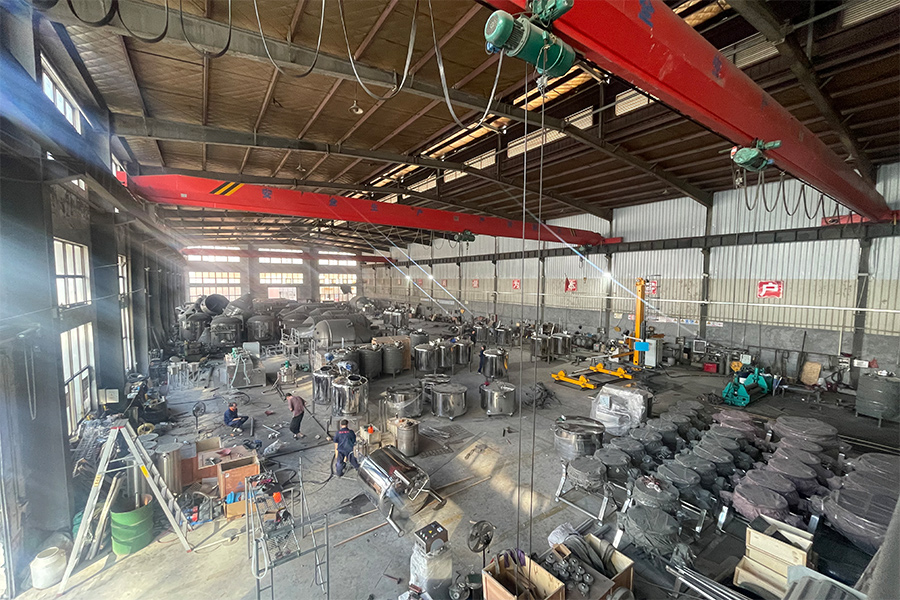-
 [email protected]
[email protected]
-
 +86-13706666922
+86-13706666922

Stainless steel mixing tanks, especially those with sandwich (or jacketed) structures, are widely used in industries that require consistent processing conditions. The jacketed design allows for precise thermal control, making the tanks suitable for applications that involve temperature-sensitive ingredients. These tanks are made from stainless steel due to its resistance to corrosion, ease of cleaning, and long service life. The sandwich or jacketed design creates a space between the tank wall and the outer shell, which can be used for circulating hot or cold media such as water, steam, or glycol.
A stainless steel mixing tank is a durable container used for blending, heating, cooling, and storing various liquids or semi-solids. It is widely applied in food, chemical, pharmaceutical, and cosmetic industries. Its corrosion resistance, easy cleaning, and thermal control features make it suitable for hygienic and efficient processing.
In the food industry, sandwich stainless steel mixing tanks are commonly used for heating, cooling, and mixing food-grade liquids and semi-solids. These tanks are ideal for preparing sauces, syrups, dairy products, soups, and beverages. The ability to control the temperature within the tank helps preserve the texture, flavor, and quality of food products. The tanks can also include hygienic design features such as sanitary fittings and smooth inner surfaces to meet food safety standards.
In the pharmaceutical and biotechnology sectors, stainless steel mixing tanks play an important role in the production of various solutions, suspensions, and emulsions. Their smooth interior and compatibility with Clean-in-Place (CIP) systems make them suitable for processes requiring high levels of cleanliness. The temperature control capabilities help maintain the stability of pharmaceutical ingredients and support processes like fermentation, solution preparation, and buffer mixing.
In the chemical industry, sandwich stainless steel mixing tanks are used for mixing reactive chemicals and maintaining product integrity during blending. The heating and cooling functions are essential for controlling reaction rates and ensuring the safe processing of temperature-sensitive chemicals. The tanks can be fitted with high-speed agitators or homogenizers depending on the viscosity and mixing needs of the material.
In cosmetic manufacturing, these tanks help mix creams, lotions, and other personal care products that require uniform texture and temperature control. The thermal jacket helps maintain product consistency by preventing overheating or cooling during extended processing times.
The structural design of stainless steel mixing tanks varies to suit different process needs:
A single-layer tank consists of only the inner container and is typically used for storing or mixing materials at room temperature. It does not support heating or cooling.
A double-layer tank includes an inner tank and an outer jacket. The space between these layers allows the circulation of heating or cooling media. It is suitable for processes where thermal regulation is needed, such as in brewing or chemical blending.
A three-layer tank adds an insulating layer outside the jacket, which helps reduce heat loss and improves energy efficiency. This structure is commonly used when consistent temperature maintenance is critical, such as in the production of certain food, pharmaceutical, or cosmetic products.
Overall, stainless steel mixing tanks with sandwich structures are essential equipment in industries requiring precise mixing and thermal control. Their flexibility in configuration and application makes them a valuable tool for ensuring quality and efficiency across a wide range of production processes.







